6 Tips For Starting Your Own Aesthetics Practice

Harley Academy experts give their top tips, from their personal experience, on launching your own Aesthetics practice

If you’ve been training in Aesthetic Medicine, you’re probably feeling more and more confident with every course and mentoring session you take. But what comes next – how do you start an Aesthetics practice, or should you work in an established clinic first?
If private practice is generally a foreign idea to you, naturally these questions seem difficult. But as business visionary Peter Druker once said, ‘the best way to predict the future is to create it.’
There are many benefits to becoming an independent Aesthetic practitioner:
– Independence
– One-to-one patient time
– Artistic enjoyment
– Greater earning potential that rises with experience
– Convenient variety that you have the power to fit alongside your medical profession
If the idea appeals, here are 6 pieces of advice for setting up and maintaining a successful independent clinic.
1. Train (first) in the ‘bread and butter’
Botulinum Toxins and Hyaluronic Acid fillers account for the majority of non-surgical cosmetic procedures – for example, in the United States in 2019 they comprised 55% and 24% respectively according to a report by the American Society of Aesthetic Plastic Surgery.
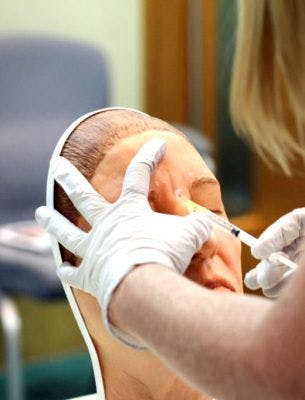
The unregulated landscape of the UK Aesthetics industry precludes statistical analysis, but the figures are thought to be similar.
In contrast to injectable treatments, expensive machines and niche techniques are expensive for a fledgling practice, with no guarantee that the investment will pay off.
For example, a £40,000 Laser might prove useful in a larger clinic, but the primary aim of such an investment is more likely to be attracting clients who will later get Botox and filler treatments than, for example, to make a profit from hair removal treatments themselves.
A strong theoretical and practical background in a range of Botulinum Toxins and Hyaluronic Acid fillers is far more valuable to a new practitioner than a superficial familiarity with 18 diverse, yet uncommon procedures.
Expensive machines and niche techniques are expensive for a fledgling practice, with no guarantee that the investment will pay off.

2. Reputation, reputation, reputation
The simple idea fuelling successful Aesthetics practice is this: build a strong relationship with your clients and they will keep coming back, often every 3-4 months, and so will their friends.
Word-of-mouth is the reliable way to establish a successful Aesthetics practice. The quality of your training will directly translate into the number of referrals you get from your first patients. Referrals bring with them loyal patients. With a strong foundation of trust, the increasing popularity of your aesthetic procedures can continue over the long term.
Word-of-mouth is the reliable way to establish a successful practice.
3. Prepare
You don’t need a business background to set up your own independent Aesthetics practice. You will, however, need some basic infrastructure and experience before you can safely and legally begin:
1. Register as self employed.
2. Get good cosmetic insurance (i.e. Cosmetic Insure or Hamilton Fraser).
3. Stock up on equipment and supplies.
4. Develop a robust consenting system, which should be covered even in your Foundation Training.
5. Plan for problems.
6. Shadow and practice in a real clinical setting.
7. Consider taking a business course.
Putting time into being organised is the only way to ensure your business can be effective from the start.
4. Keep learning

Once you have a solid foundation in the core injection techniques, there are considerable opportunities for advancing and diversifying your skills. Investing in training is probably one of the best decisions you can make. If you can make £2,000 per 8 treatments that you perform, then your return on investment for high-quality skills will be swift.
The only way to succeed in an industry as lucrative — and therefore competitive — as Aesthetic Medicine is to maintain dedication to it. So nourish your interest in it: attend conferences, workshops, and augment your artistic and technical precision at every opportunity.
Expand your skill set with courses such as a Chemical Peels Workshop or Microneedling Workshop to not only enhance the earning potential of your practice, but to also offer more holistic treatment plans.
5. Seek support
Sharing expertise is invaluable for independent practitioners. If you don’t already have acquaintances working in Aesthetics, consider how you might find some or choose a training provider that provides networking opportunities.
Although not mandatory, you may consider joining a body such as the British College of Aesthetic Medicine (BCAM), which provides a network of support and advice from fellow Aesthetic practitioners.
BCAM, the British Association of Cosmetic Nurses (BACN), and other voluntary registers also allow prospective patients to find registered medical professionals who have provided evidence of their insurance and training. As such they can lend additional visibility to your practice.
Seek support and advice from fellow aesthetic practitioners.
6. Listen to your patients
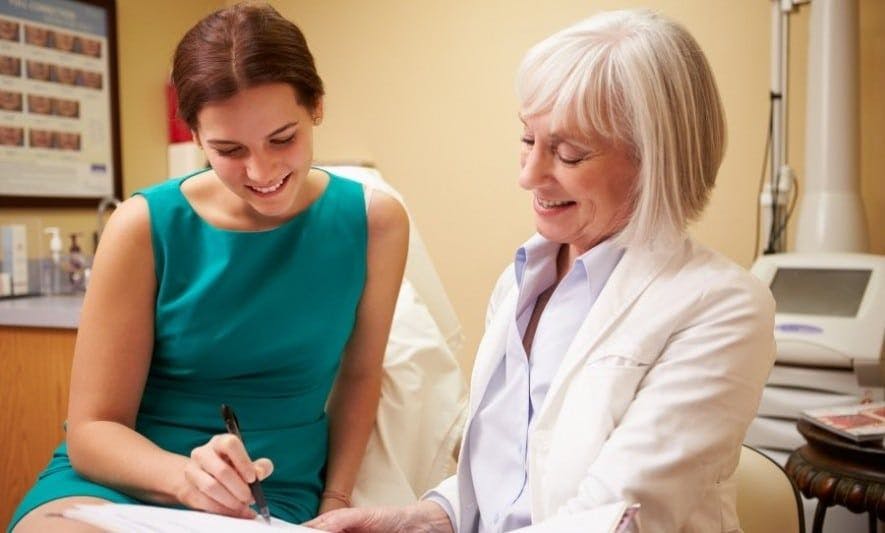
Once you’ve got patients, it’s crucial that you keep them coming back to your Aesthetics practice.
Returning patients:
- have no acquisition costs associated with them,
- are easier to treat as trust builds,
- are less likely to complain,
- can be more enjoyable to treat as the relationship strengthens.
So what keeps patients coming back? Feeling listened to, and having their desires truly understood.
Clear communication is largely an active form of listening. Your patient may be showing signs of worry or concern that you can only notice if you’re open to what they are really saying, and you are willing to rephrase what they are saying and return it to them as a question.
Always allow sufficient time to have a thorough patient consultation.
Following up on your patients post-treatment is also an excellent way to learn, improve your Aesthetic judgement, and strengthen your relationship with each patient. You can follow up by text, phone and in person — preferably a combination of all three.
By covering the above points your independent practice has the potential to be something great, and sustainable – both for you and for your patients.
All information correct at the time of publication. Last updated: 11 January 2023
Further reading:
Download our full prospectus
Browse all our injectables, dermal fillers and cosmetic dermatology courses in one document
By submitting this form, you agree to receive marketing about our products, events, promotions and exclusive content. Consent is not a condition of purchase, and no purchase is necessary. Message frequency varies. View our Privacy Policy and Terms & Conditions
Attend our FREE open evening
If you're not sure which course is right for you, let us help
Join us online or in-person at our free open evening to learn more
Our Partners
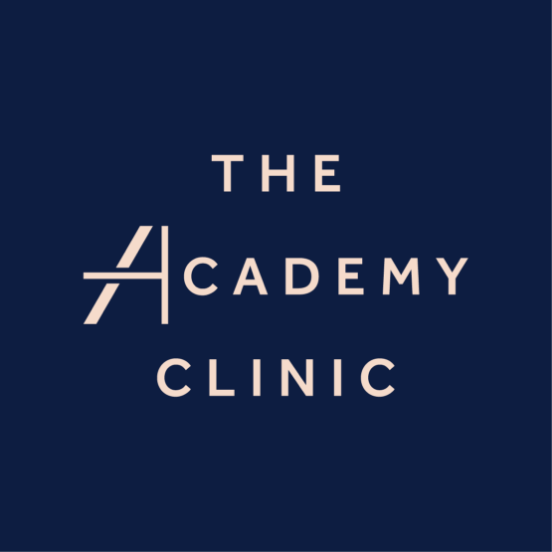
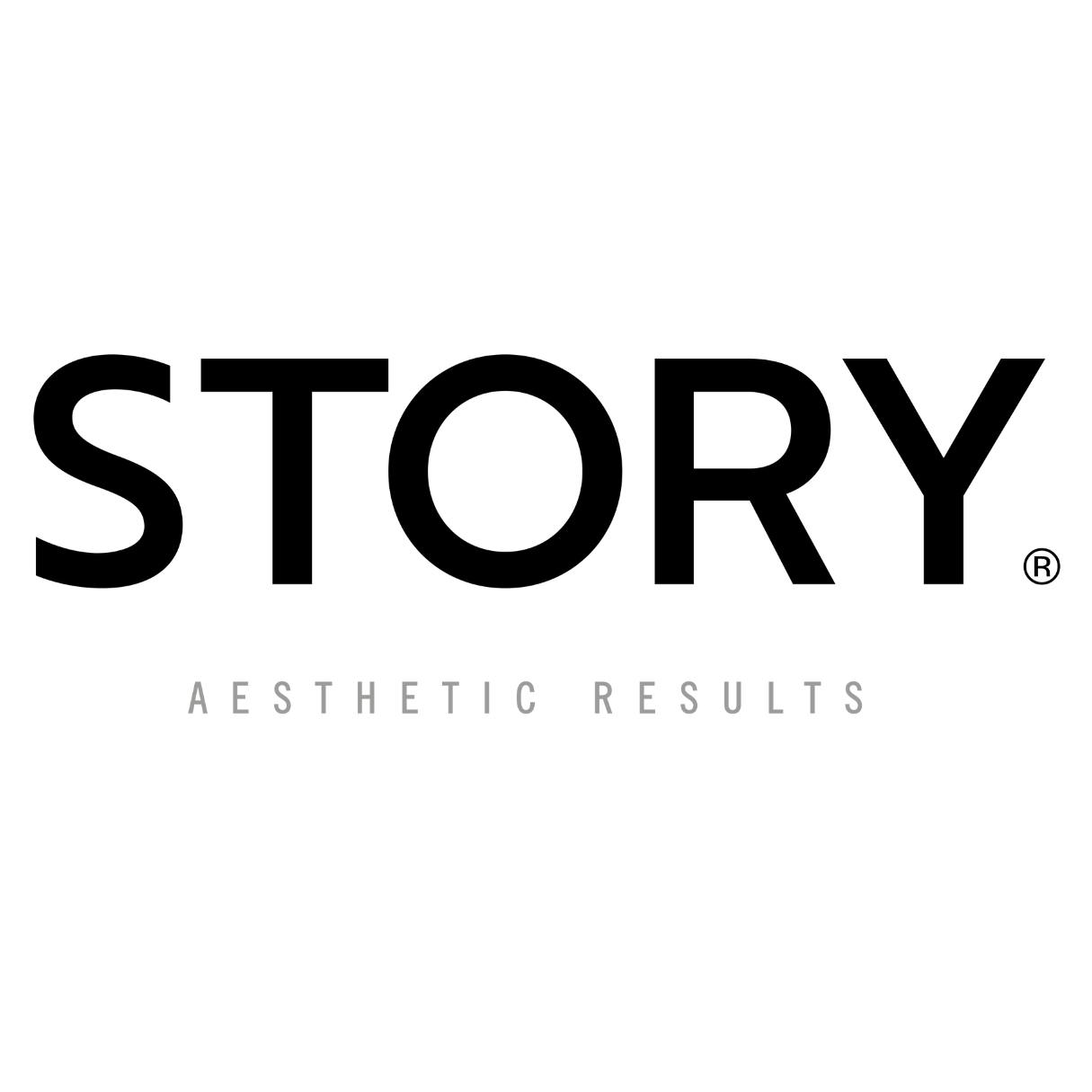
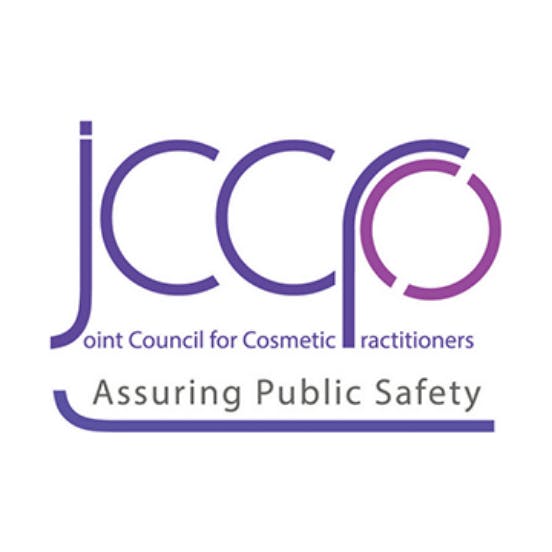

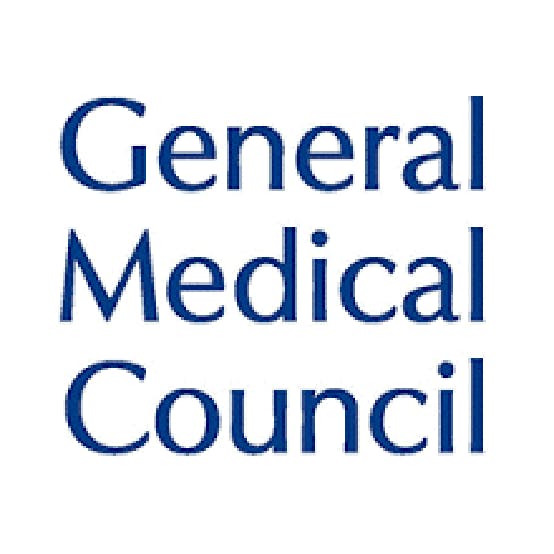


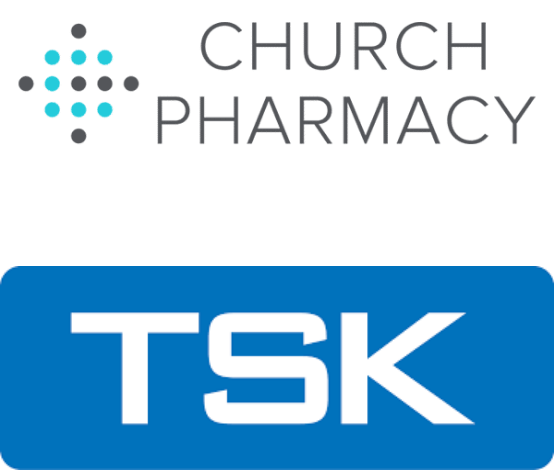
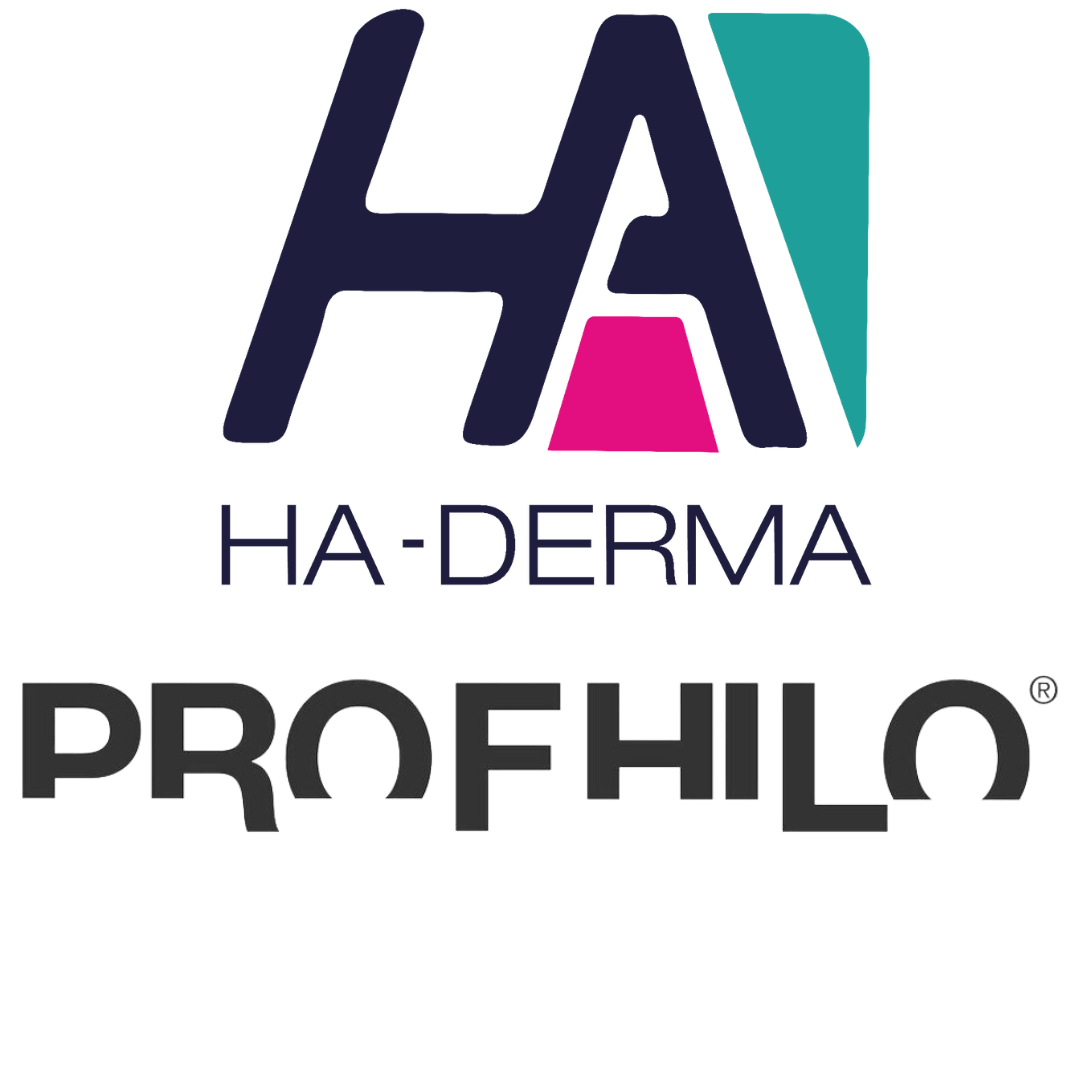
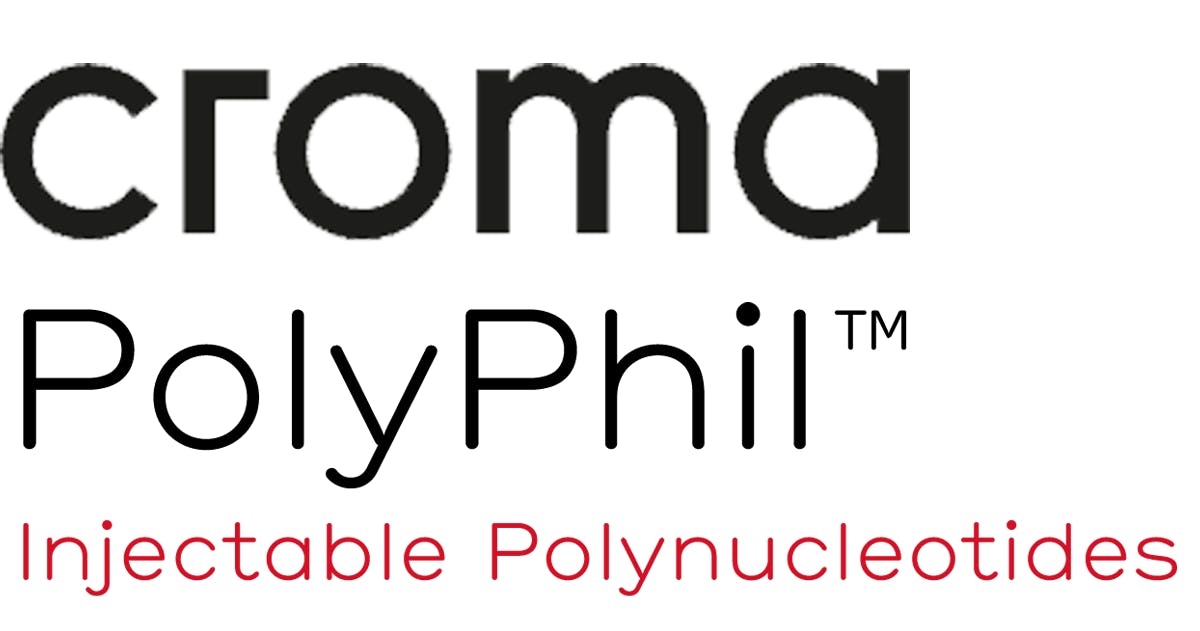



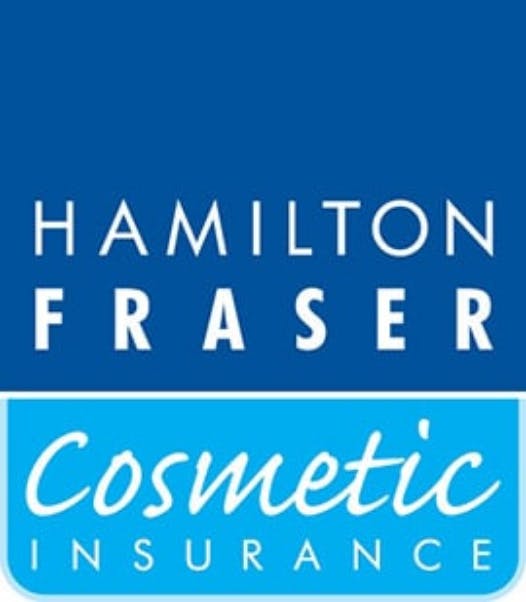
STAY INFORMED
Sign up to receive industry news, careers advice, special offers and information on Harley Academy courses and services

